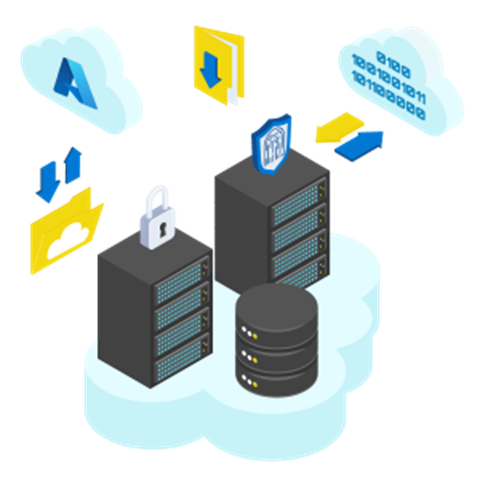Microsoft Azure provides a range of licensing options for its services and products. Here are some of the key things you need to know about licensing in Azure:
- Bring Your Own License (BYOL): Azure allows customers to use their existing licenses for certain products, such as Windows Server and SQL Server, in Azure. This is known as Bring Your Own License (BYOL). Customers can bring their own licenses to Azure using License Mobility or Azure Hybrid Benefit.
- Pay-As-You-Go: Azure offers a pay-as-you-go pricing model for its services, which allows customers to pay only for what they use. Customers can purchase Azure services on an hourly or monthly basis and can scale up or down as needed.
- Azure Reservations: Azure Reservations allow customers to pre-pay for certain Azure services at a discounted rate. Customers can purchase reservations for a one-year or three-year term and can save up to 72% compared to pay-as-you-go pricing.
- Enterprise Agreements: Enterprise Agreements are custom agreements between Microsoft and enterprise customers that provide volume licensing and discounted pricing for Azure and other Microsoft products.
- Azure Marketplace: The Azure Marketplace is an online store that allows customers to purchase and deploy pre-configured software and services from third-party vendors. Customers can pay for these products on a per-hour, per-month, or per-year basis.
It is important to note that licensing requirements may vary depending on the product or service being used in Azure. Customers should consult the Azure documentation and work with their Microsoft account team to ensure that they are in compliance with licensing requirements.
In summary, licensing in Microsoft Azure offers a range of options, including BYOL, pay-as-you-go, Azure Reservations, Enterprise Agreements, and the Azure Marketplace. Customers should consult the Azure documentation and work with their Microsoft account team to ensure that they are using the correct licensing model for their needs.


